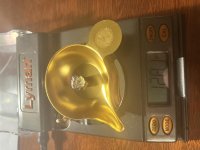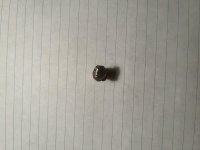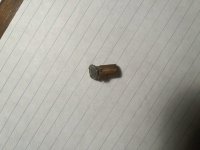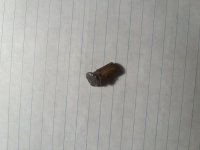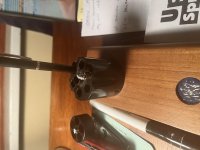I have owned at least one Savage 99 in .303 S for many years. I have a fair amount of factory .303 S ammo and cases (old), but it is pretty simple to make your own brass if you can get a set of .303 S dies (my die set is Lee, maybe they are still made by them). Just FL .30-30 brass in the .303 S die. Note that the .303 S case's base is a little larger than the .30-30's base. What I do is to wrap two turns of masking tape, about 1/4" wide, around the formed .30-30 case base ahead of the rim to act as a centralizer in the .303 S chamber. The first shot fired fire-forms the .30-30 case into a .303 S case, and the tape can then be removed. Some are horrified at this base diameter mismatch, but I have never had one of those fired cases fail despite having fired thousands of such rounds, using both lead and jacketed bullets. As previously noted, the original .303 S factory loads used a 190 grain bullet (vs. the standard 170 grain bullet used in the .30-30) which has a greater sectional density and therefore provides more penetration in tissue. One nice thing about the Savage 99 lever actions is that spitzer bullets can be used without any risk of tubular magazine detonation from recoil, as the Savage does not use a tubular magazine.
As noted earlier, there can be no dispute that the .300 Savage (not the .303 Savage) is the true father of the .308/7.62 NATO round. The cases are near-twins, the major difference being that the case neck of the .308/7.62 NATO is somewhat longer than that of the .300 S. .300 S cases can be very simply formed from plentiful .308/7.62 brass. One pass through the .300 S FL die, followed by neck trimming to length is all that is needed. Owning three rifles chambered in .300 S, I have made hundreds of them. The .300 Savage cartridge originated just after WWI as a means of providing a cartridge having almost the ballistics of the .30-'06 that could be used in the shorter Savage 99 action. In the post-WWII era, the U. S. Army considered the .300 S to be a nearly ideal cartridge for use in a new generation of automatic rifles and MGs being developed then, but it felt that the neck should be longer to provide better bullet support for use in full auto weapons. And that is how the 7.62x51mm NATO cartridge was born.
Many old rifles originally chambered for the .300 S have been re-chambered for the .308, but there is really no compelling reason to do that, at least if the rifle's owner is a reloader, as reforming and shortening the .308 case can produce all the ammunition any owner of a .300 S-chambered rifle will ever need. While .300 S ammo is still factory made, it can be a little difficult to find, and expensive, these days.
